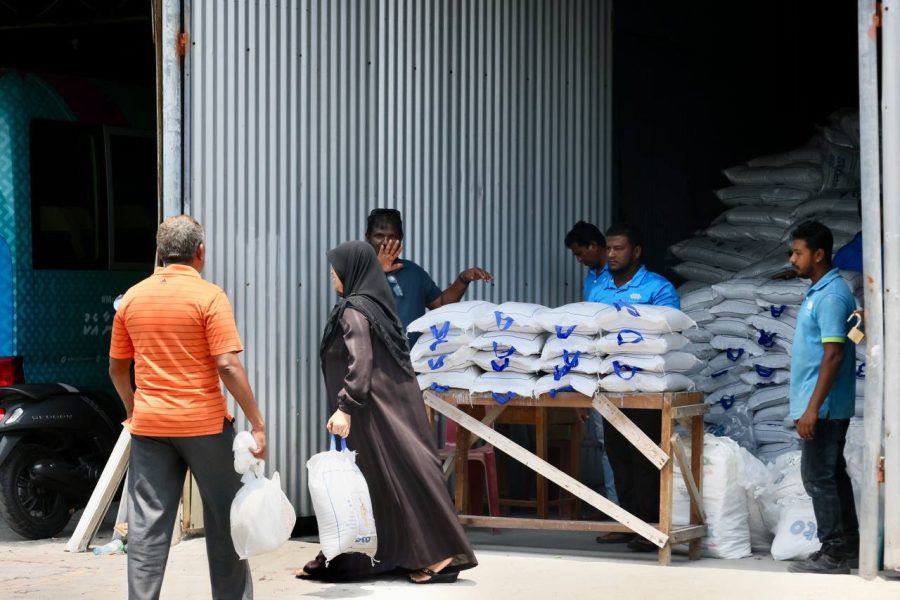
Minister of Social and Family Development Dr. Aishath Shiham has underscored the pressing necessity for national dialogues concerning the Maldives’ shifting population trends. In an interview with PSM News, Minister Shiham pointed out that numerous countries are grappling with declining birth rates and are implementing measures such as child allowances and enhanced childcare arrangements for working parents.
Addressing Childcare Needs
Minister Shiham stressed the significance of establishing workplace childcare support to enable working parents to manage their childcare duties more effectively. She emphasised that the Maldives must soon engage in national discussions to devise strategies aimed at supporting working parents and reversing the declining birth rate trend.

Implications of Declining Birth Rates
The consequences of a declining birth rate are far-reaching, with potential hindrances to national development. The latest census data indicates a worrying trend, with the Maldives experiencing a notable decline in birth rates, which could significantly reduce the working-age population in the near future.
According to the Maldives Bureau of Statistics (MBS), the population increased from 338,434 in 2014 to 382,751 by 2022, averaging an increase of 5,500 children per year. Concurrently, the elderly population also grew, exacerbating concerns about the increasing burden on the country’s workforce as the working-age population diminishes and the retiring population expands.

Economic Impact
The economic implications of a declining birth rate are substantial. A shrinking working-age population can lead to a reduced labour force, which in turn can affect economic productivity and growth. As the number of retirees increases, the strain on social security systems and pension funds intensifies, potentially leading to increased taxes and reduced benefits for future generations. Moreover, with fewer young people entering the workforce, there could be a skills shortage, impacting various sectors and leading to slower economic development.
1. Labour Market Challenges: With fewer individuals entering the workforce, there will be a decline in labour supply, which can lead to higher wages and increased production costs for businesses. This situation might force companies to automate more tasks or outsource jobs, which could impact domestic employment rates.
2. Increased Dependency Ratio: An aging population means a higher dependency ratio, with fewer workers supporting more retirees. This imbalance can strain public finances, as more resources will be needed for pensions, healthcare, and social services for the elderly. Consequently, the government may need to reallocate funds from other critical areas such as education and infrastructure.

3. Social Security Strain: As the population ages, the demand for social security benefits will rise. If the birth rate continues to decline, the funding gap for these benefits will widen, potentially leading to increased taxes or reduced benefits. This could have a cascading effect on consumer spending and overall economic growth.
4. Healthcare Costs: An aging population will likely increase healthcare costs, as older individuals typically require more medical attention and services. The government and private sector will need to invest more in healthcare infrastructure and services, diverting funds from other development projects.

5. Housing Market Impact: With fewer young people forming new households, the demand for housing may decline, affecting the real estate market. This could lead to lower property values and reduced investments in housing development.
6. Education and Workforce Development: A declining youth population means fewer students in schools and universities, potentially leading to the closure of educational institutions and a reduced focus on workforce development programs. This could result in a less skilled workforce, impacting the country’s competitiveness in the global market.

National Response and Future Outlook
Addressing these economic impacts requires a multifaceted approach. The government must prioritise policies that support family growth, such as offering financial incentives for having children, improving childcare facilities, and creating a family-friendly work environment. Additionally, investment in automation and technology can help mitigate the effects of a shrinking labour force, while upskilling and retraining programs can ensure the existing workforce remains competitive.
Minister Shiham’s call for immediate action and national dialogue is a crucial step towards addressing the demographic challenges facing the Maldives. By learning from other countries and implementing supportive measures for working parents, the Maldives can aim to stabilise its population growth and ensure sustainable economic development for the future. The government’s proactive stance on this issue will be instrumental in safeguarding the nation’s economic and social stability in the years to come.













